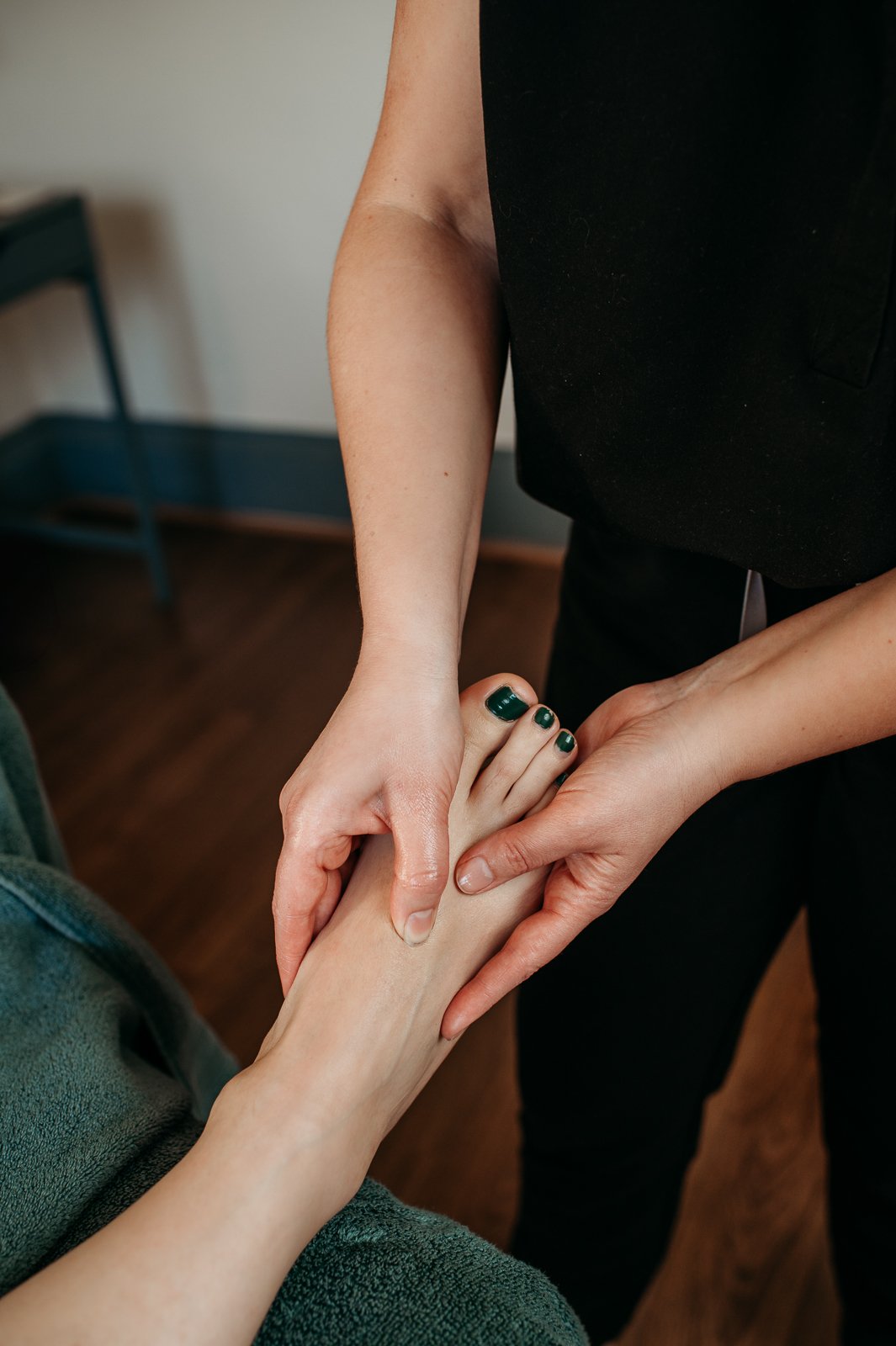It only takes a small amount of hormonal imbalance to cause a considerable change in the body. Oestrogen has numerous important functions and plays a role in regulating:
Body weight and fat storage
Brain activity and cognition
Endometrial growth (the lining of the uterus)
Metabolism and energy
Sex drive
Bone density
The decline of total oestrogens from the ovaries during perimenopause and menopause can be variable and erratic, contributing to many of the physical and emotional changes experienced in the body and the mind. Just to confuse things, progesterone levels also decline, but usually prior to oestrogen levels doing so. Progesterone tends to decline in a much more steady way than oestrogen, therefore making oestrogen levels actually more dominant. Although levels of oestrogen cannot be controlled, they can however be influenced by other internal and external factors, and it is important to know that hormones do not function on their own; instead they work in response to each other.
Introducing ‘The Meno-Massage’
-
Menopause can be challenging and somewhat debilitating. Many women seek holistic therapies to manage their physical and emotional symptoms. Massage can offer an amazing number of benefits.
Some women experiencing perimenopause or menopause are more likely to suffer with musculoskeletal ailments due to reduced bone density. Massage can ease aches, pains and inflammation, increase flexibility, helping preventing injury when oestrogen levels are low.
Depression and anxiety is common when overwhelmed with change and uncertainty. Massage helps with the ability to unwind and cope with daily stresses better, uplift mood, combat fatigue, improving sleep and overall health.
Massage is beneficial for reducing headaches, boosting an immune response, and regulating the body’s fluid balance, therefore reducing fluid retention.
-
The method involves 4 aspects:
Therapeutic massage. the benefits of which are explained above.
Use of essential oils that are Phytoestrogens. Plant based substances that behave in a similar way to oestrogen, to help balance hormones and relieve common menopausal symptoms such as mood changes, hot flushes and anxiety.
Acupressure. Acupressure uses pressure to stimulate acupoints linked to meridians (energy channels) in the body, encouraging the movement of qi (energy), promoting natural healing, emotional wellbeing and relief from common menopause side effects by balancing the body.
Acupressure magnet plasters. They work by applying constant stimulation to a specific acupressure point. They draw blood and qi to the area, working with the body’s energy channels, relieving symptoms. They can be worn at home and in between treatments.
A super relaxing massage, somewhere in between Swedish and oncology massage, aimed to deeply relax and reduce stress, tuning into the parasympathetic nervous system. Reducing stress can lessen a lot of menopausal manifestations. Massage can reduce the stress hormone cortisol, whilst boosting happy hormones such as serotonin, dopamine and endorphins.
Taking time out for self care should not be seen as a luxury, but necessary for its therapeutic values. One treatment may be enough to minimise symptoms, but for maximum benefit, repeated treatments are advised. Therefore, a signature package of 3 is available to book.

